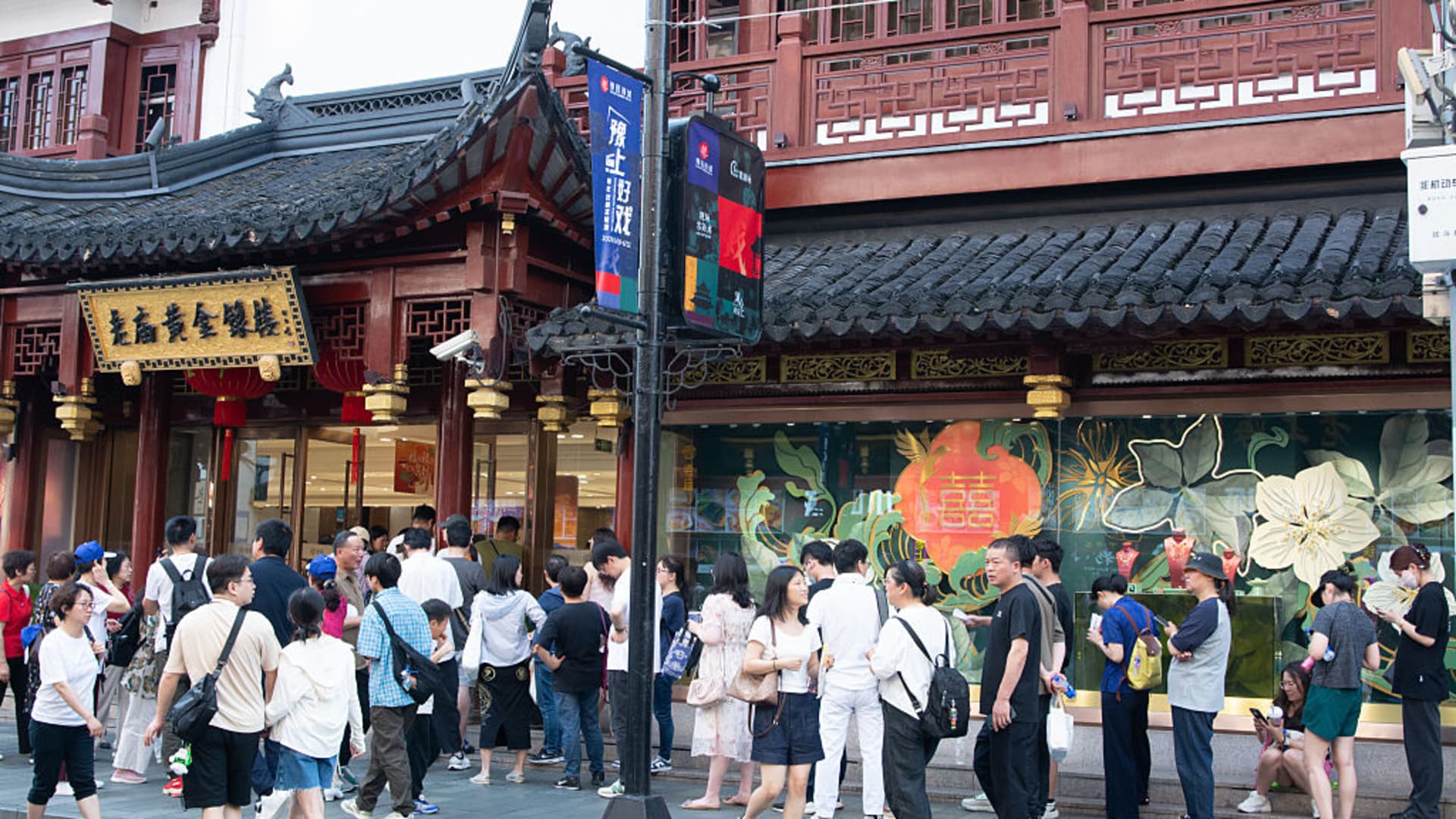Navigating the Dual Realities of China’s Economic Performance
China’s recent economic indicators paint a compelling, if complex, picture of recovery that diverges sharply between consumer activity and industrial production. This divergence not only reflects the intricacies of the world’s second-largest economy but also signals critical transitional dynamics that will shape its near-term and long-term trajectory.
The Bright Spark of Retail Sales
What stands out most vividly is the unexpected vigor in China’s retail sector. May’s retail sales grew a robust 6.4% year-over-year, noticeably exceeding forecasts that averaged around 5.1%. This acceleration from April’s 5.1% growth highlights a consumer base reawakening with surprising gusto.
Several forces propel this retail resurgence. National holidays act as natural catalysts for spending bursts, a phenomenon we see recurring with predictable effect. More importantly, the easing of pandemic-related anxieties has gradually restored consumer confidence, releasing previously pent-up demand. Government stimulus policies, though initially met with skepticism, appear to have finally nudged consumption upward, albeit inconsistently.
This resilient retail performance underscores the evolving fabric of China’s economic engine—one increasingly reliant on internal consumption. While manufacturing and exports stumble, the consumer sector’s strength serves as a vital buffer, suggesting that China’s economic model is, if only partially, pivoting toward domestic-driven growth.
Industrial Output’s Subdued Progress
In striking contrast, industrial output growth has cooled, expanding just 5.8% in May compared to 6.1% in April, and falling short of expectations stacked near 6.0%. The manufacturing sector’s struggles are emblematic of deeper, persistent challenges.
The beleaguered property market is a key drag. Its stagnation reverberates throughout manufacturing supply chains and construction-related industries, severely restricting recovery. Additionally, while trade tensions and tariffs—particularly vis-à-vis the U.S.—have not yet precipitated a dramatic industrial downturn, they cast a long shadow over investment confidence and production planning.
This slowdown in industrial output raises red flags about China’s export competitiveness and the sustainability of its manufacturing strength. The gulf between retail vitality and industrial lethargy could foreshadow growing structural imbalances if not addressed promptly.
Contrasting Signals: Decoding Sectoral Dynamics
The juxtaposition of retail growth against industrial sluggishness reveals a nuanced, fragmented recovery. Consumption gains suggest that internal demand is a potent counterweight to external trade pressures and factory slowdowns. Yet, this internal demand surge relies partly on ephemeral factors like holiday shopping and stimulus bursts, leaving concerns about its durability.
Meanwhile, industrial output’s tepid pace spotlights the limits of current policy measures. Stimulus efforts, while fostering consumer spending, have not translated effectively into revitalizing the manufacturing base or reinvigorating property sector momentum. This partial recovery hints at an uneven economic landscape where some sectors lead while others lag, complicating policy calibration and business strategy.
Strategic Outlook: Risks Embedded in Opportunity
This duality presents both opportunities and hazards. On the one hand, the retail sector’s strength can anchor a gradual shift toward a consumption-led economy, reducing heavy reliance on exports and investment-driven growth. Policies that deepen consumer purchasing power, encourage service sector expansion, and foster retail innovation could solidify this trend.
Conversely, the manufacturing sector’s deceleration demands urgent attention. Increasing industrial competitiveness through technological modernization, streamlined regulations, and improved trade diplomacy will be indispensable. Without addressing structural vulnerabilities and external friction points, China risks faltering on a crucial front.
Property market uncertainty further complicates the picture. Clear, consistent policy frameworks are essential to restore investor confidence and prevent spillovers that could derail broader economic stability.
Closing Reflections: Balancing Act Amid Transition
China stands at a pivotal juncture where economic growth is a balancing act between invigorating consumption and revitalizing industry. May’s economic data, with its uneven signals, encapsulates this delicate dance. The bright streak of retail sales offers hope for a more consumption-tailored economic model, but the lagging manufacturing sector and property woes underscore unresolved challenges.
Success in navigating these complexities will depend heavily on adaptive, nuanced policy responses and the agility of businesses to readjust strategies. As the country charts this course, vigilance and flexibility remain crucial, making the difference between robust recovery and prolonged stagnation in an increasingly unpredictable global environment.











